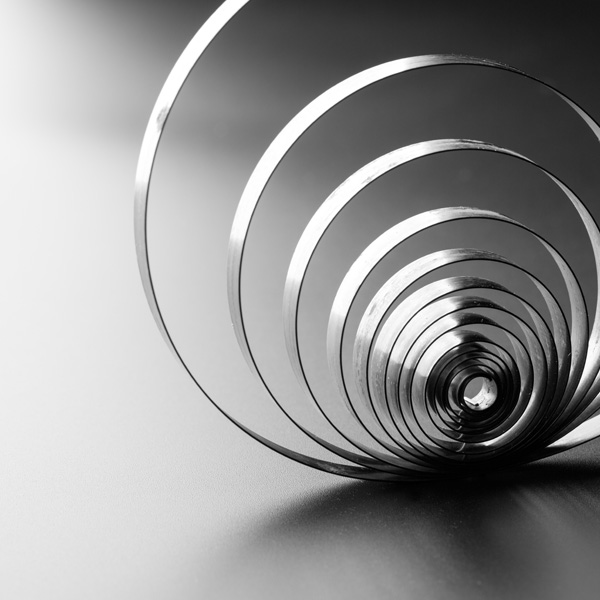Dehns’ team of highly experienced Electronics, IT, and Communications attorneys acts for clients in areas such as telecommunications, computer networks, consumer electronics, microchip design, healthcare, fintech, and computer security, as well as having practical experience of advising on the patentability of difficult software and business method cases.
If you would like further information or advice, or a free, no-obligation cost estimate, please select one of us on the right or send us an email at mail@dehns.com and we’ll get straight back to you.

